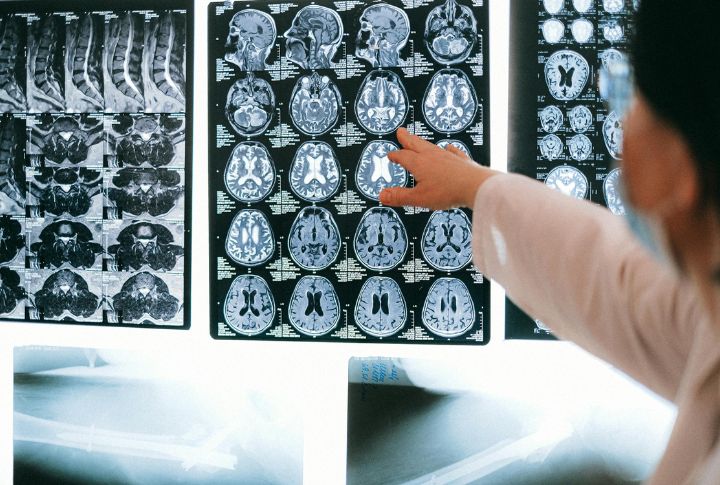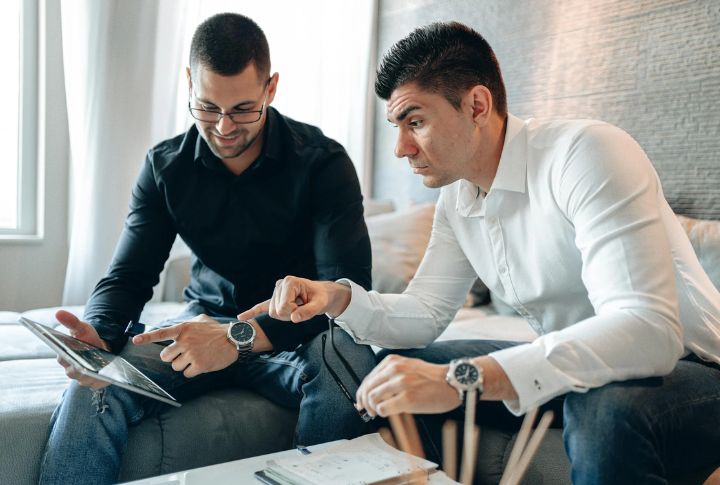
What happens in the mind’s eye can be as telling as what’s missing from it. For those with aphantasia, the absence of mental imagery shapes their world in quietly surprising ways. Science is only beginning to catch up, and public understanding remains miles behind. This article peels back the layers on a deeply misunderstood cognitive trait—and highlights what rarely gets said out loud.
Sensory Gaps Reach Beyond Sight

Aphantasia affects more than just the mind’s eye. Many people also find it hard to imagine sounds, textures, smells, or tastes. These sensory blanks can change how they picture scenes. Instead of vivid mental experiences, they often rely on facts or practical details to make sense of things.
Memory Gets Stripped Of Emotion

Those with aphantasia often face difficulty recalling past experiences in vivid detail. This trait overlaps with SDAM (Severely Deficient Autobiographical vivid Memory), a condition marked by flat, fact-based autobiographical memory. While they remember the facts, the emotional flavor tied to those moments is often missing.
Mental Imagery Exists On A Sliding Scale

It isn’t binary. Some see absolutely nothing, and others catch faint traces or flashes under certain conditions. One sense might be more detailed than another, even within the same person. Internal visualizations can also surface unexpectedly, often without deliberate effort or awareness.
Creativity Can Still Flourish

People with aphantasia aren’t shut out of creative thinking. They often rely on language, logic, descriptions, and structure instead of visual simulation. Many excel in music or writing, fields that favor conceptual over pictorial thinking. Pixar’s co-founder Ed Catmull, who fits the profile, helped reshape storytelling without mental pictures.
Coping Comes Naturally

Aphantasics often build creative workarounds without realizing it. Instead of visualizing a route, they might memorize directions or use landmarks. Faces might be remembered through distinctive traits or voice cues. External aids like notes and sketches become reliable tools and fill in where internal images don’t show up.
Brain Scans Reveal Quiet Visual Centers

A 2021 study by Milton et al. shows lower activity in the visual cortex when aphantasics try to imagine. Functional Magnetic Resonance Imaging (fMRI) research also notes differences in how brain circuits pass information, especially in visual memory systems. These findings support a neurological basis rather than a psychological one.
Vivid Dreams Still Appear

People with aphantasia often describe richly visual dreams, a seeming contradiction to their waking experiences. Dreaming likely uses a different brain process that bypasses voluntary imagery mechanisms. For some, these dreams feel more cinematic than real life.
Many Don’t Know They Have It

Roughly 1–4% of the population may have aphantasia, but most never realize it. Mental imagery is so subjective that it’s rarely discussed in day-to-day conversation. Many people find out by accident during casual chats. The term itself only entered public use in 2015, which explains its invisibility in awareness.
Emotions Take A Verbal Route

Without mental simulations, emotional processing can take a different path. Grief or empathy might feel muted or harder to access. Instead of reliving images, aphantasics may rely on presented information or conversation to connect emotionally. This shift can protect against trauma but may complicate how feelings are shared.
Inner Monologue Isn’t Always Present Either

Several victims of aphantasia report lacking an internal monologue. Instead of hearing their own thoughts as spoken words, they think in abstract concepts or unspoken logic. This challenges common assumptions about how “normal” thought works and highlights just how diverse cognition really is.

